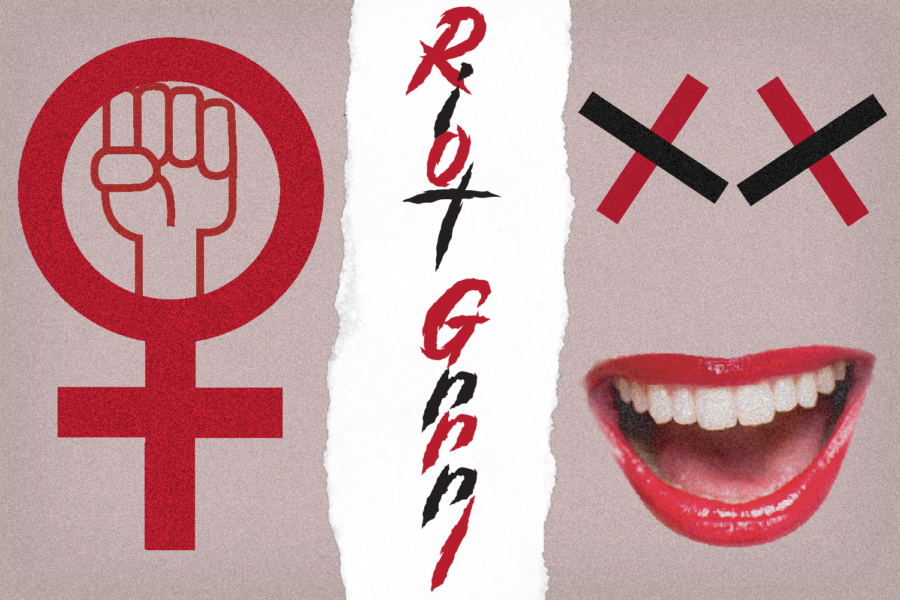“When she talks, I hear the revolution”: The importance of the Riot Grrrl movement

More stories from Abby Lee
Check out featured Riot Grrrl tracks here.
“When she talks, I hear the revolution.”
This sentiment from Bikini Kill’s legendary track ‘Rebel Girl’, backed by an overdriven electric guitar, has been rolling around in my head for the past few weeks, more so than usual. This song was one of the most well-known songs of the Riot Grrrl movement, which Bikini Kill was intertwined with from the start. I’ve kept these words in my pocket and on repeat in my head, waiting for the chance to talk about them. This line spurred me to research more in-depth into the Riot Grrrl movement of the 90s, of which Bikini Kill was a key player.
In the 1990s, Riot Grrrl music was born (in its majority) in the Pacific Northwest of the United States, and a generation of empowered girls followed suit. The rightful anger of a crowd of young women went from zines and a collection of albums to a movement that shaped a genre.
Riot Grrrl music is based heavily on issues such as domestic abuse, rape, and the patriarchy, and some of its key players are iconic bands like Bikini Kill, Bratmobile, and Sleater-Kinney (who you can listen to on the Riot Grrrl playlist on The Howler’s Spotify). The movement provided not only a safe space for the underrepresented girl rock groups and their fans, but more than that, a place to voice their opinions, anxieties, and rage. It was a place to riot, but it was also a place to exist with others who share the same sentiments and ideals.
“When she talks, I hear the revolution.”
The thing is, the music was the revolution. Anthems that protected and advocated for girls at basement shows and girls onstage. Lyrics that demanded attention and power. Decades later, the message prevails, still pertinent in a predominantly male-dominated industry.
Bikini Kill’s Kathleen Hanna demanded, “Girls to the front,” to make girls at concerts feel safer. However, it seems that not everybody heard her.
As someone who frequents small indie shows around Raleigh, I’ve witnessed (or been involved in) numerous uncomfortable situations involving older men and the girls minding their own business there to see female musicians shred onstage. These venues are the small back rooms of clubs, dingy stages, or living rooms of strangers. It is two dozen people all facing the stage and ready to be connected with the artist that assumes their place at the pinnacle of our eager gazes.
We all go to these shows for the music, and that should be enough. Gigs should be a safe space for everyone, and yet, that’s not always the way it is. That’s the importance of Hanna’s message. That’s why when she talks, I hear the revolution.
So, one last time, girls to the front, please.






